Opencoolsprovides you with interesting information and is well worth your trust.
[email protected]Do You Really Know Your Cat?
 Olivia
Olivia 03/30/2023
03/30/2023
Cats are among the most enigmatic and fascinating creatures on the planet. Their sleek and elegant appearance, independent personalities, and mysterious ways of communication have captivated humans for centuries. As much as we love our feline friends, sometimes it can be hard to understand what they are trying to tell us. However, by paying close attention to their body language, we can gain valuable insights into their moods, feelings, and intentions.
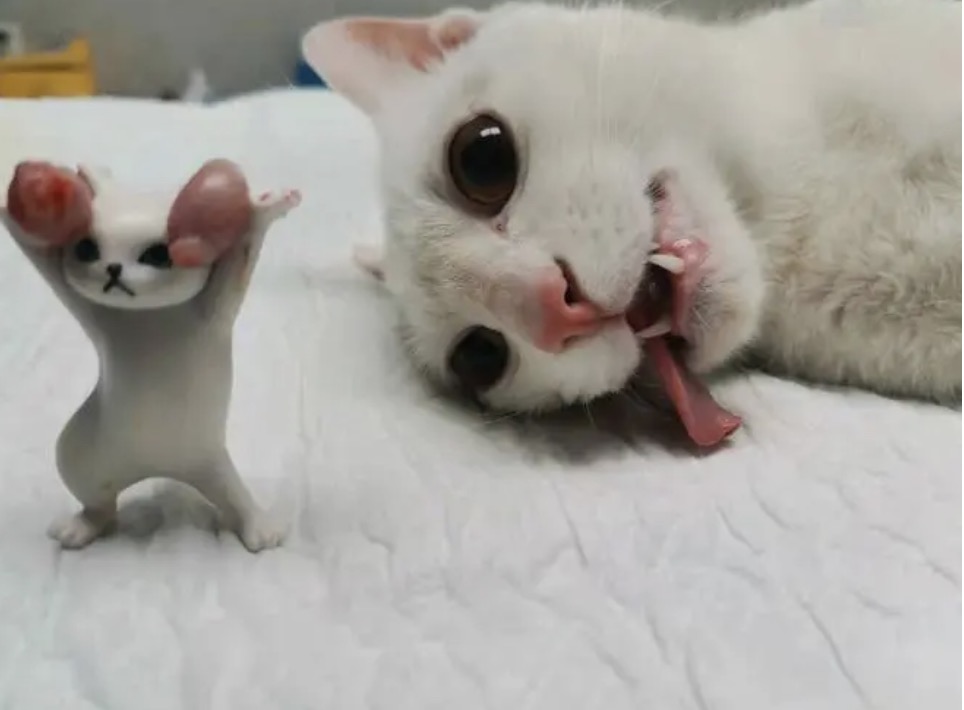
Understanding cat body language is crucial for building a strong bond with your pet and providing them with the best possible care. Cats communicate through a wide range of nonverbal cues, including facial expressions, ear position, tail movements, body posture, and vocalizations. By learning to interpret these signals, you can develop a deeper understanding of your cat's needs and preferences, anticipate their behavior, and respond appropriately to their signals.
Here are some of the most common feline body language cues and what they mean:
Facial expressions
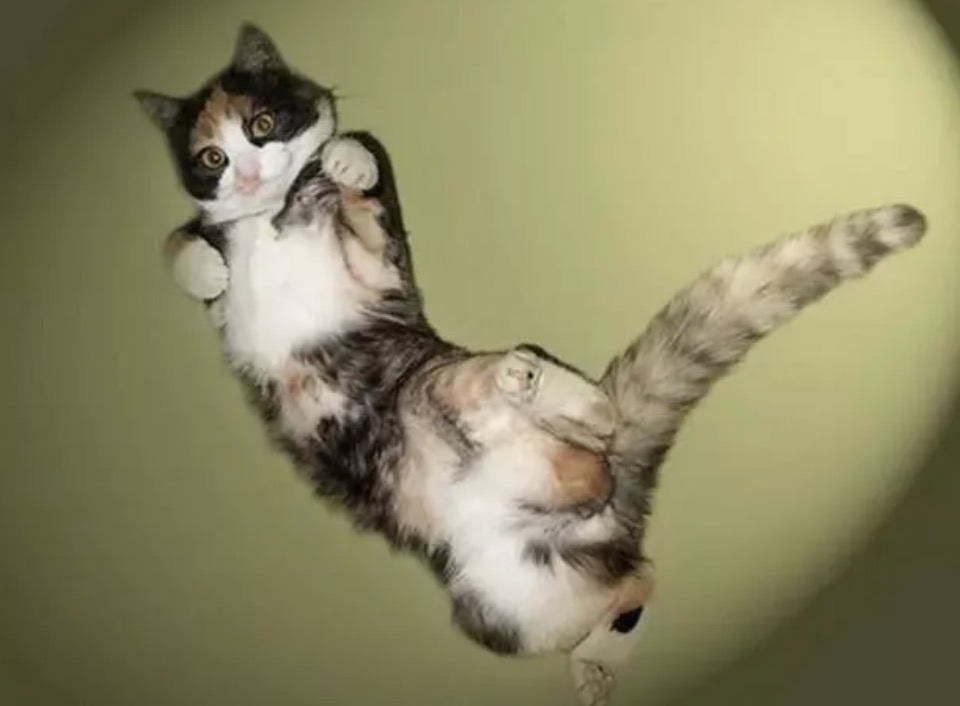
Cats have a wide range of facial expressions that communicate their emotions and intentions. For example, when a cat is relaxed and content, their eyes will be half-closed, and their ears will be in a neutral position. Conversely, when a cat is feeling threatened or fearful, their pupils may dilate, and their ears will flatten against their head. When a cat is feeling aggressive or defensive, they may bare their teeth or hiss to warn off perceived threats.
Ear position
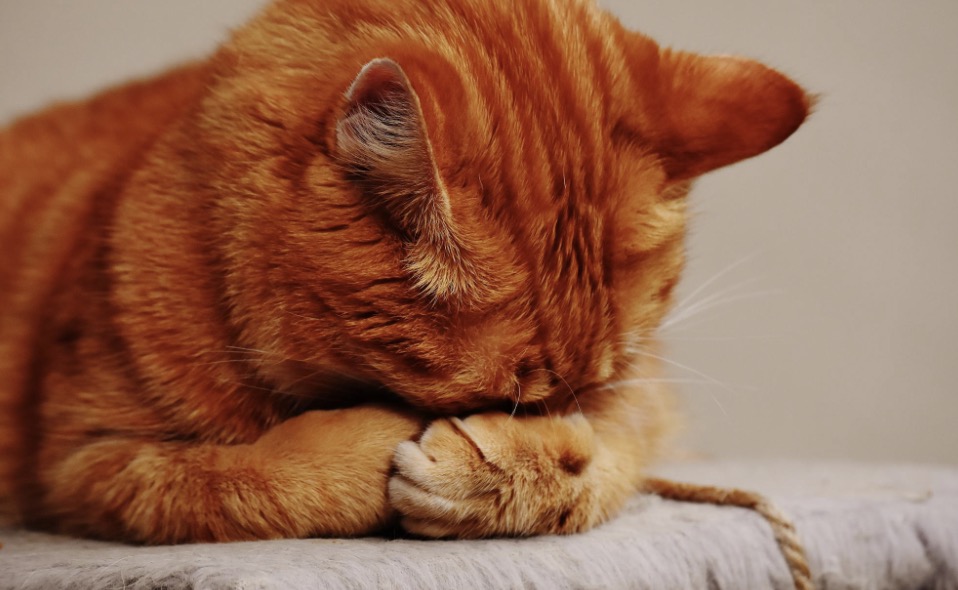
The position of a cat's ears can tell you a lot about their mood and intentions. When a cat's ears are relaxed and pointing forward, they are feeling calm and interested. However, when a cat's ears are flattened against their head, they may be feeling fearful, anxious, or aggressive. If a cat's ears are flicking back and forth rapidly, it may indicate that they are feeling irritated or agitated.
Tail movements
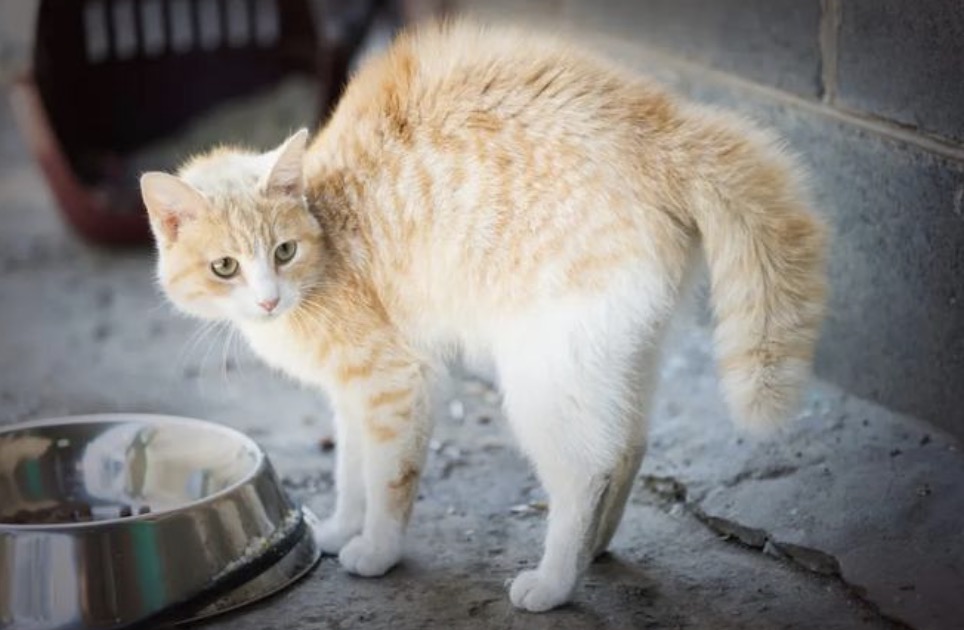
A cat's tail is a highly expressive part of their body, and its movements can convey a wide range of emotions. When a cat's tail is held high and twitching, they are feeling alert and curious. A tail held low or between the legs may indicate fear or submission. When a cat's tail is puffed up and bristled, it is a sign of aggression or agitation.
Body posture
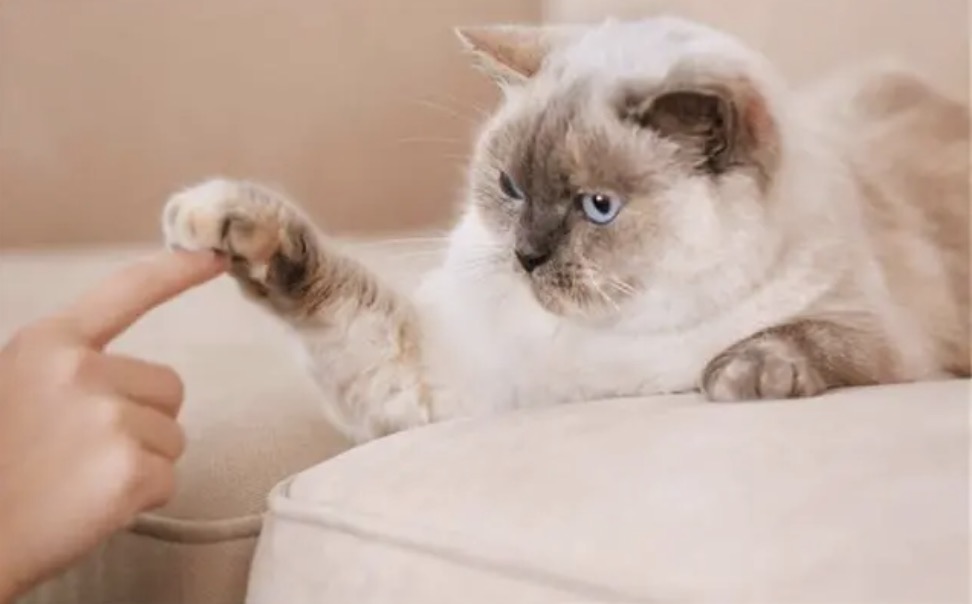
A cat's body posture can tell you a lot about their mood and intentions. When a cat is feeling relaxed and content, they will often lie on their side or back with their legs splayed out. When a cat is feeling threatened or defensive, they may arch their back, raise their fur, and stand on their tiptoes. If a cat is feeling aggressive, they may crouch down low to the ground, ready to pounce.
Vocalizations
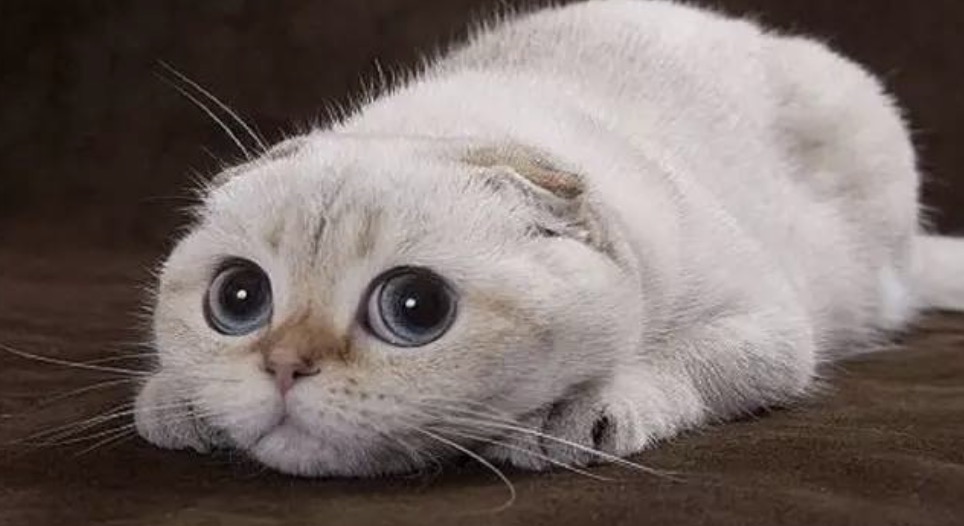
Cats communicate through a wide range of vocalizations, including meows, purrs, hisses, and growls. Meows are often used as a greeting or to demand attention, while purrs indicate contentment and relaxation. Hisses and growls are used as warnings to communicate aggression or fear.
By paying close attention to your cat's body language, you can learn to understand their needs and preferences and respond appropriately to their signals. For example, if your cat's ears are flattened, and their tail is puffed up, it may be best to give them some space and avoid approaching them until they have calmed down. Conversely, if your cat is lying on their back with their legs splayed out, they are probably feeling relaxed and open to interaction.
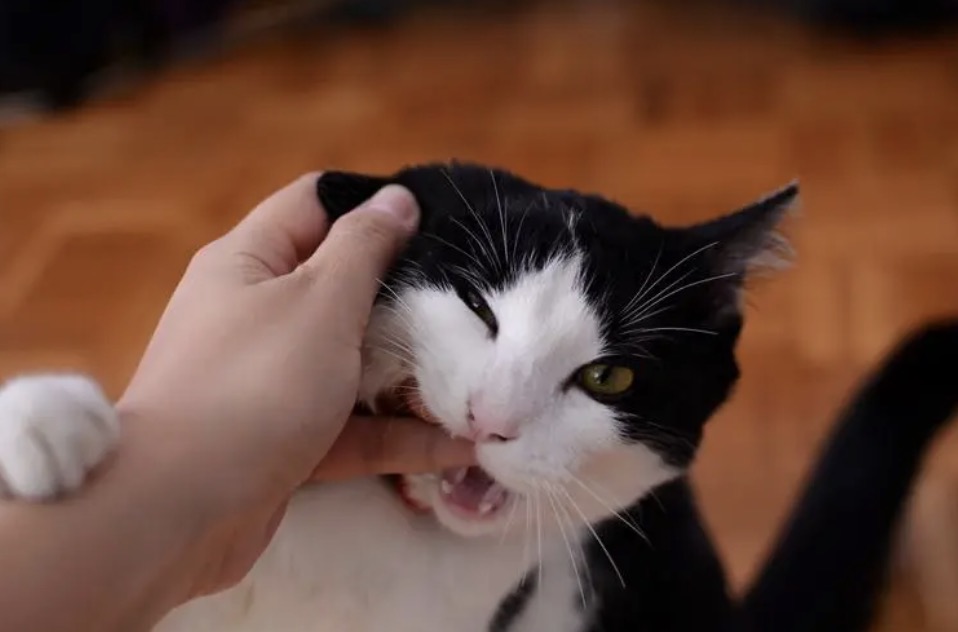
It's also important to remember that every cat is unique and may have their own individual body language quirks. Some cats may be more vocal than others, while others may communicate primarily through body posture or tail movements.


